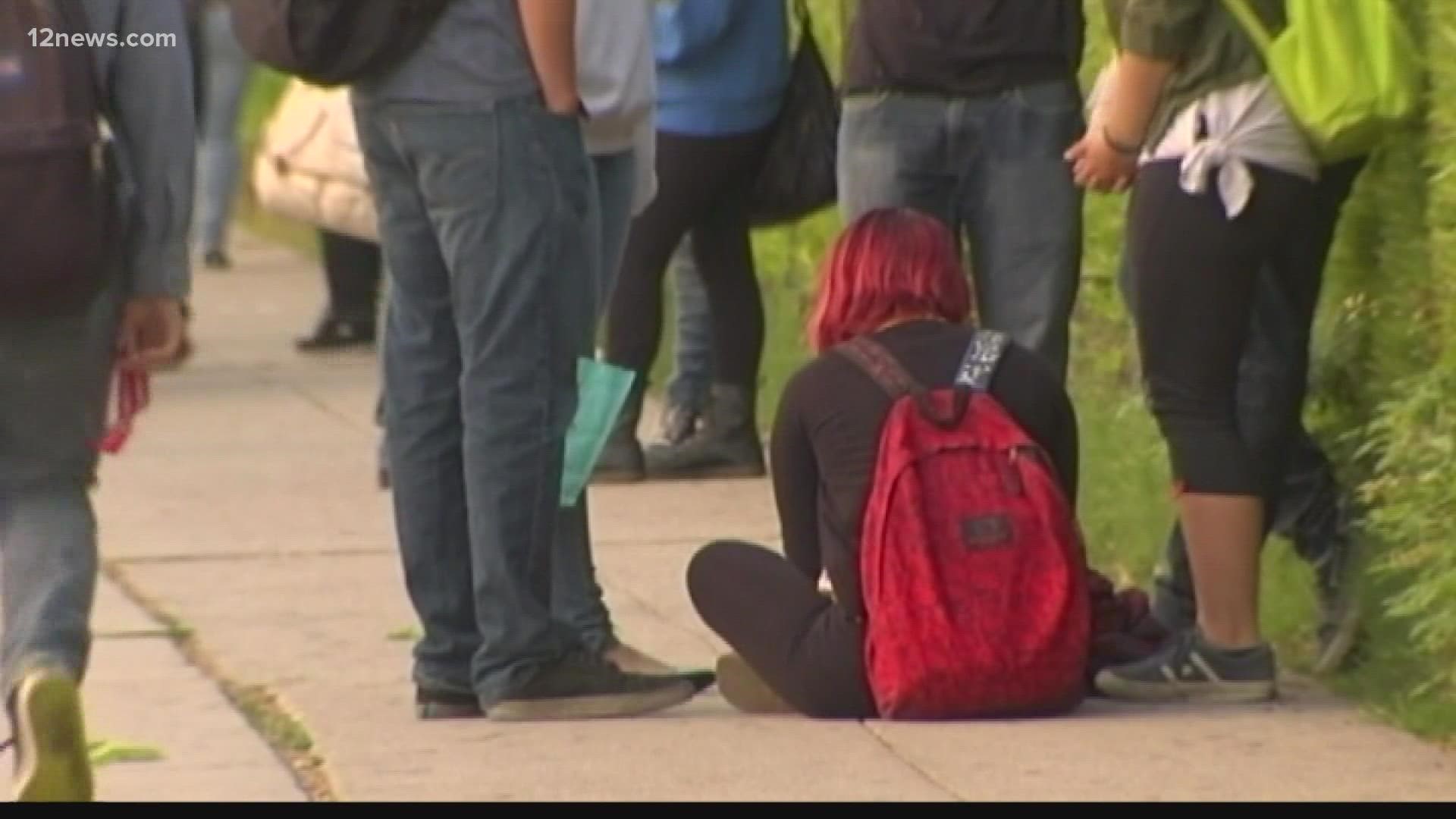PHOENIX — COVID-19 paused a lot of things, unfortunately, bullying wasn't one of them.
According to an organization that tracks online harassment, there’s been a 70% increase in cyberbullying and hate speech among young adults.
In our school series, Learning Curve, we look at how Arizona schools are working to put a stop to the rising issue.
"Our story started in 2014… cyberbullying, somebody was impersonating my daughter," Gilbert mom Brooke Barr explained. She was shocked to learn someone was pretending to be her daughter Reve on social media.
"They created aCOVID-19 paused a lot of things, unfortunately, bullying wasn't one of them. n Instagram account and used pictures of our family actually pulled them from my account,” she said.
Reve, who has Tourette's syndrome, experienced the devastating reality of cyberbullying firsthand at just 12 years old. Her mom worked with police and Instagram, and eventually, the Maricopa County Attorney General's office to track down the culprit.
"It was just a young girl, 12-years-old," Barr said.
Back then, her case made national news as it was one of the first of its kind.
“The scars are I think mostly upon her, but she's strong," she said.
Sadly, cyberbullying didn't go away with the pandemic. Instead, there's a 70% increase of aggressive and hostile behaviors toward another person through technology, according to L1ght, an organization that tracks online harassment.
"I'm not shocked that it's gotten worse,” Barr said. “Especially with the pandemic, with parents, families struggling and losing jobs…"
Arizona schools are responding, working to keep kids safe by looking at what they're typing online through artificial intelligence.
“We surveil and monitor school districts' Gmail and Office 365 accounts that are issued to students,” said Katey McPherson, the director of professional development for Bark for Schools.
She says 46 Arizona schools have now installed their programs on school-issued student devices, working to flag anything of concern.
“…and pick up on signs of distress, profanity, sexting, grooming, predation, depression, anxiety, suicidal ideation and weapons and violence," she said.
So basically, anything you would be worried about your child being involved with – the program alerts parents on.
"I want them to feel like they've got some level of freedom," Ben Smith, a Mesa father of three, explained.
He uses the program to help see things he might not.
"I can't see everything they're writing... it only tells me what I need to know,” he said. “It notifies me so that I can have a conversation with my kids about what they're doing."
It’s something he thinks more schools should get on board with.
"Having that in place is a major, major step in preventing school violence and self-harm," Smith said.
Knowing the pain cyberbullying can cause firsthand, Reve's mom Brooke echoes those same words.
"Because you just never know who it's going to affect and who it's going to hit," Barr said.
For a closer look at the latest statistics from L1ght, go here.
For more information about Bark for Schools: https://www.bark.us/

